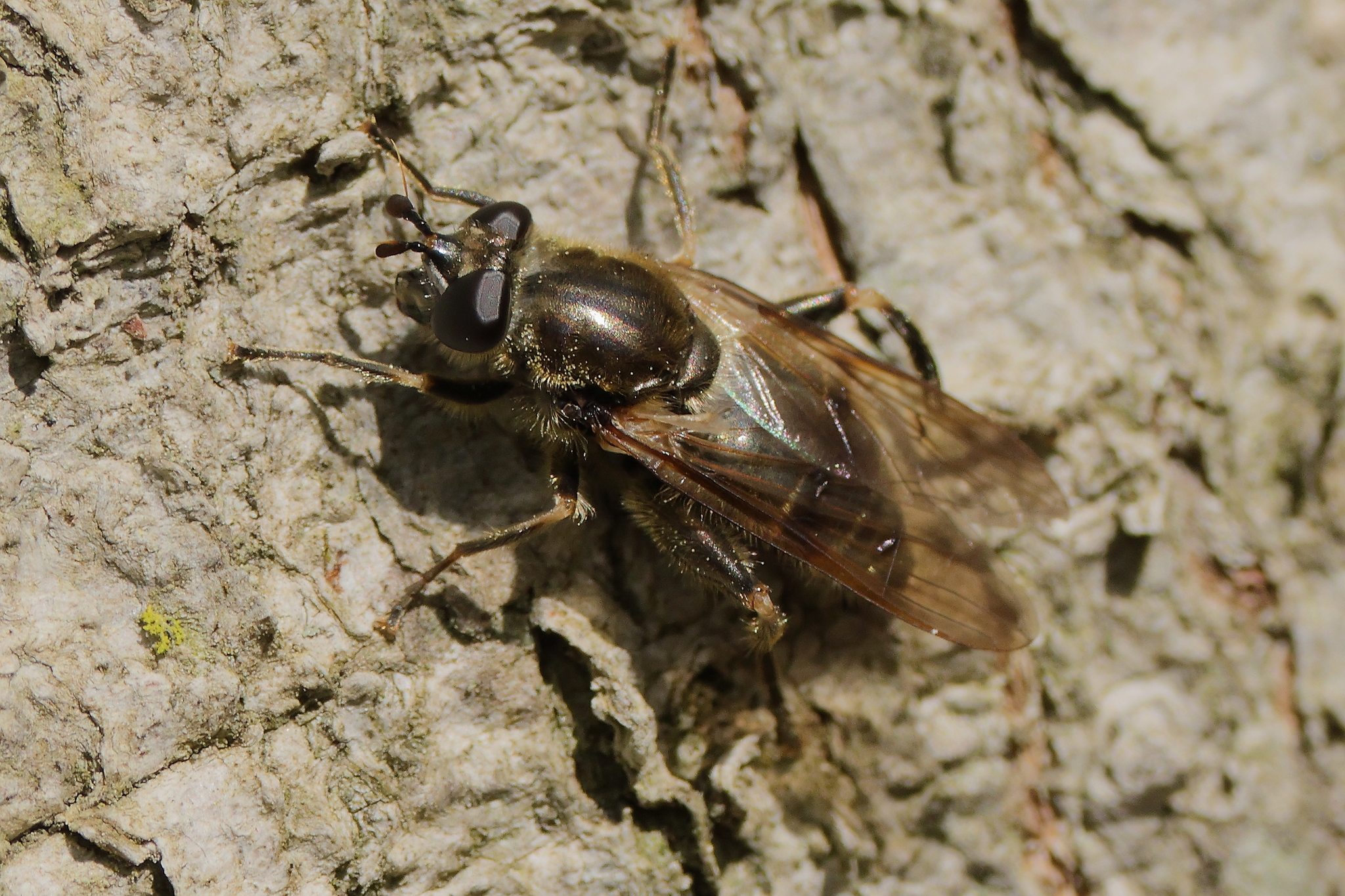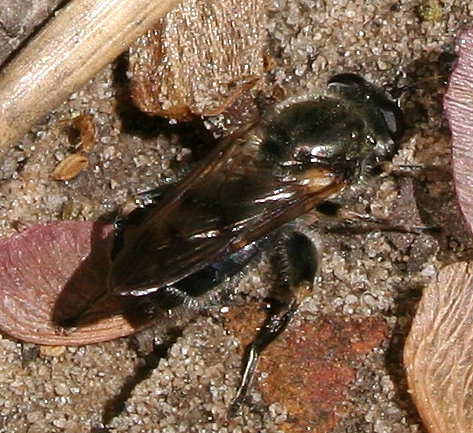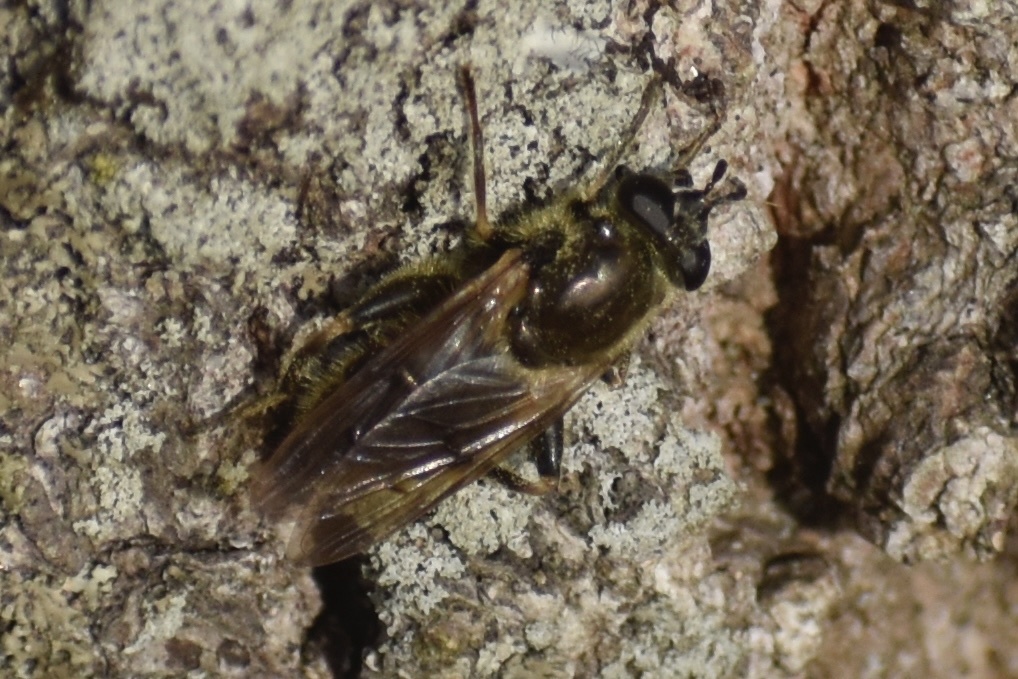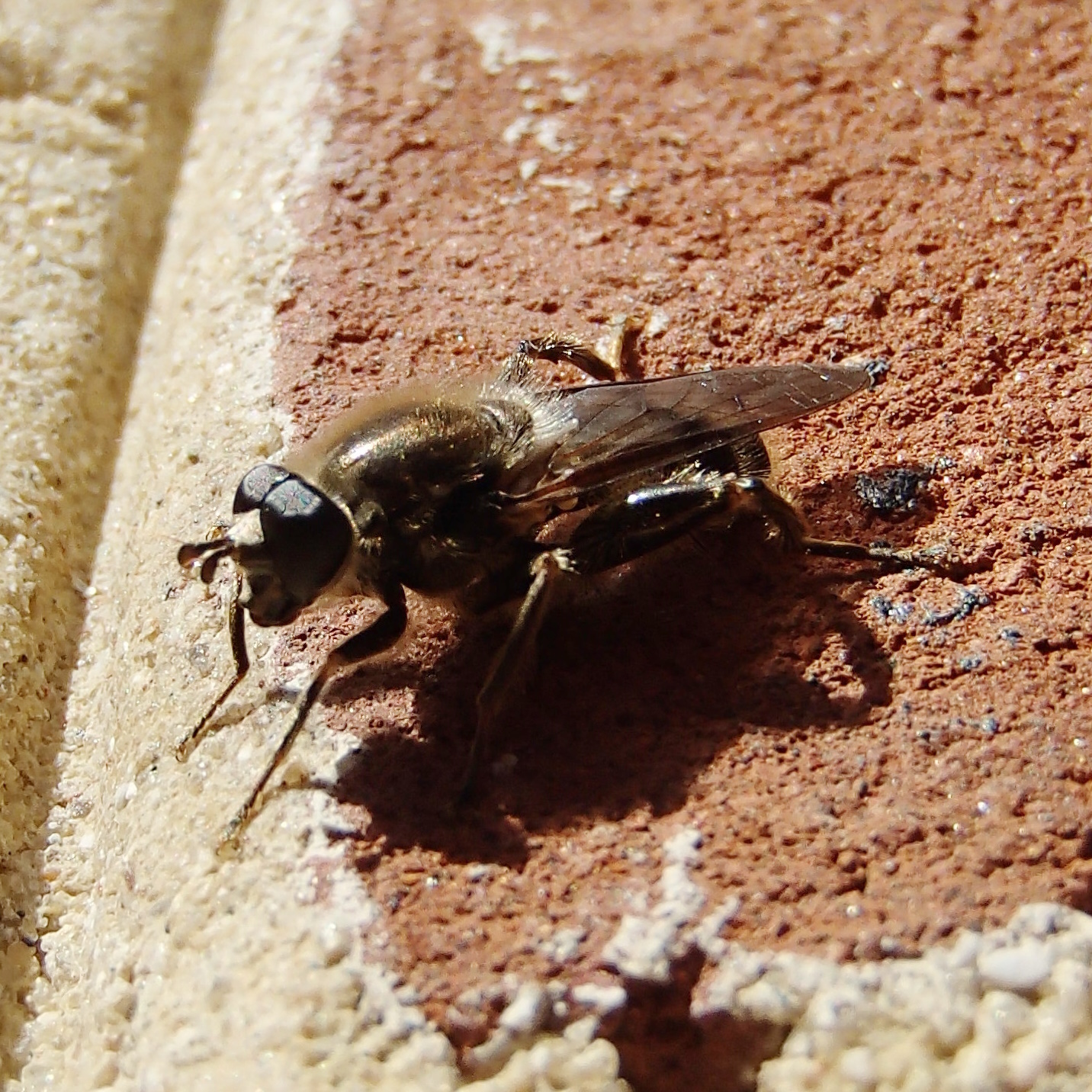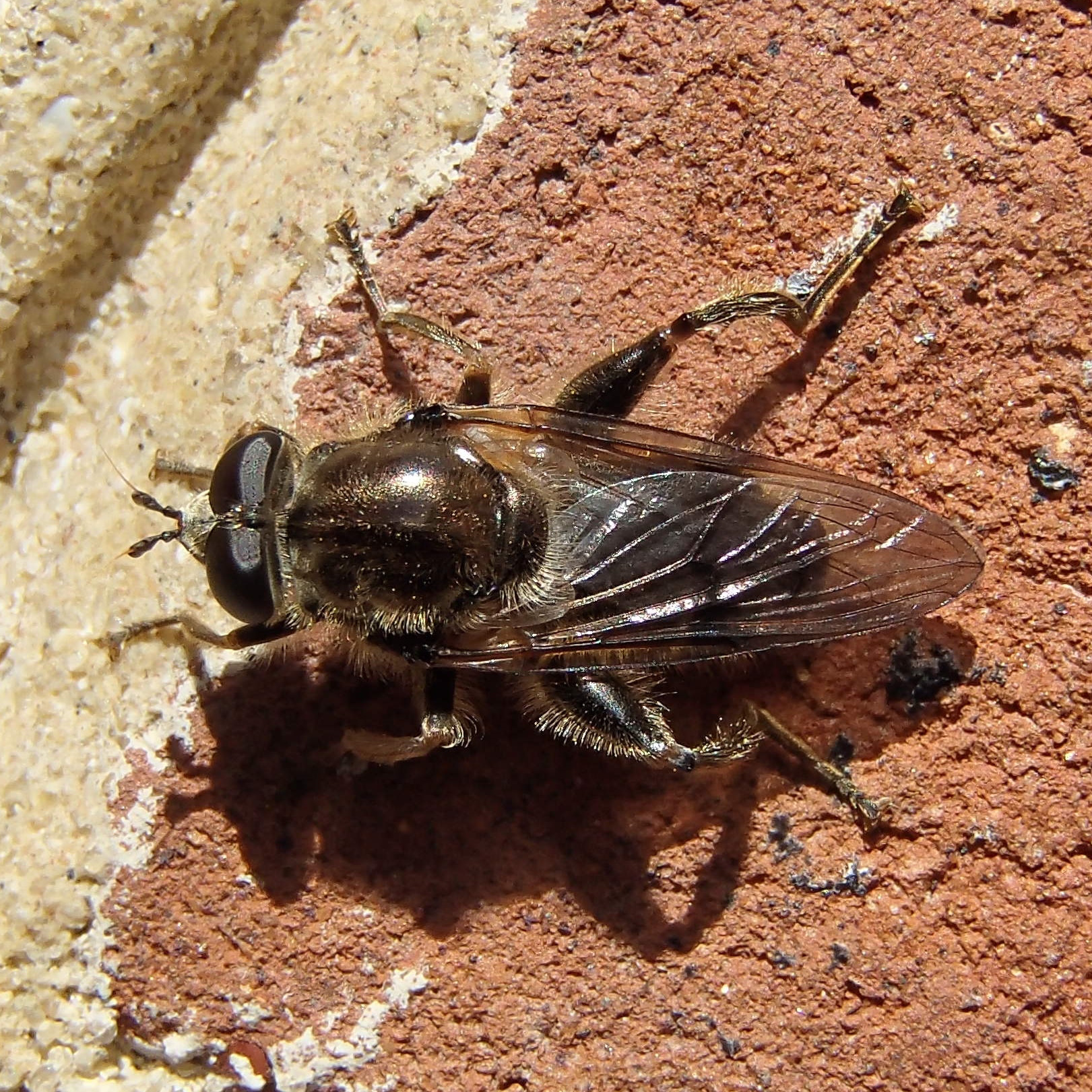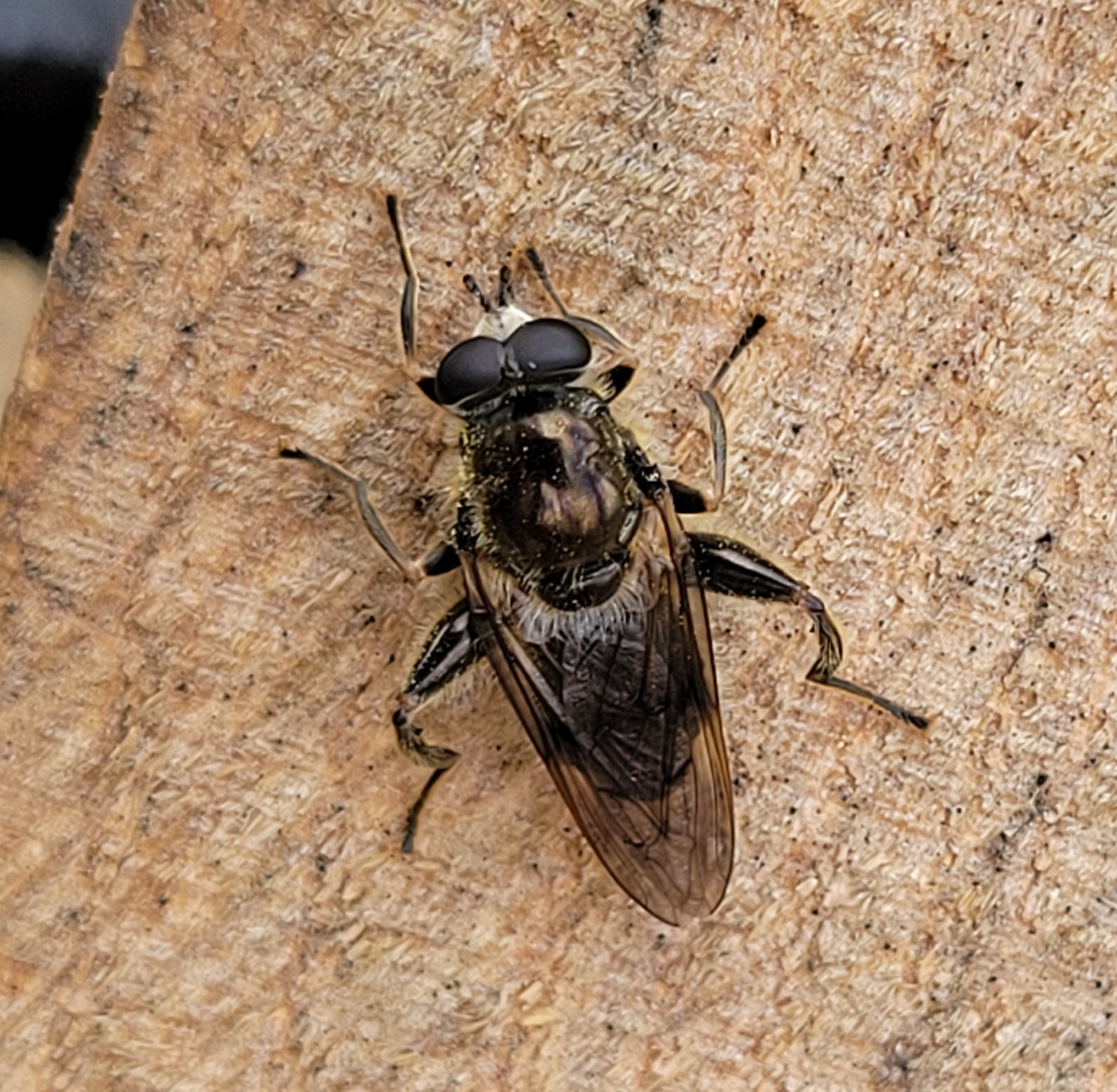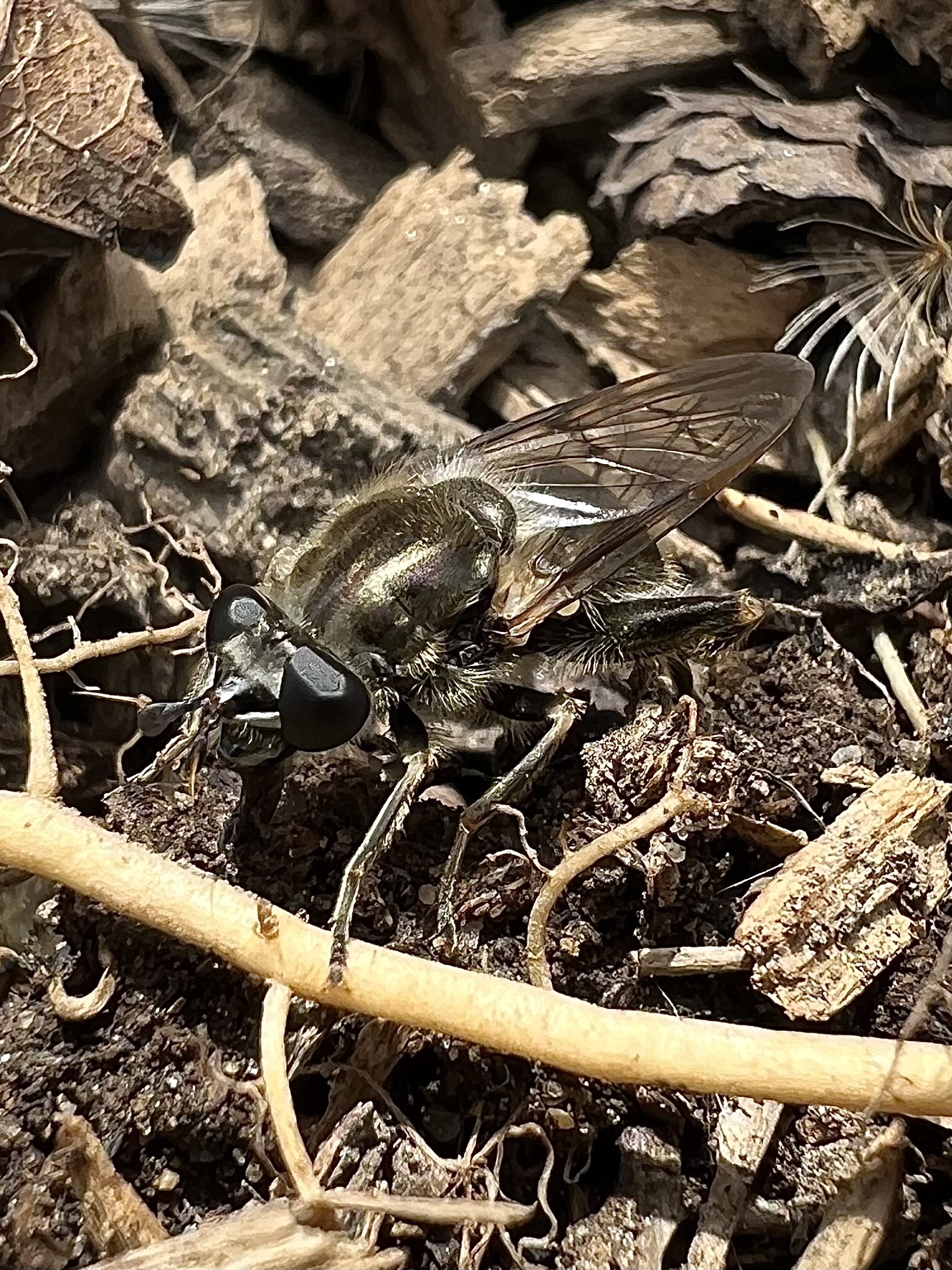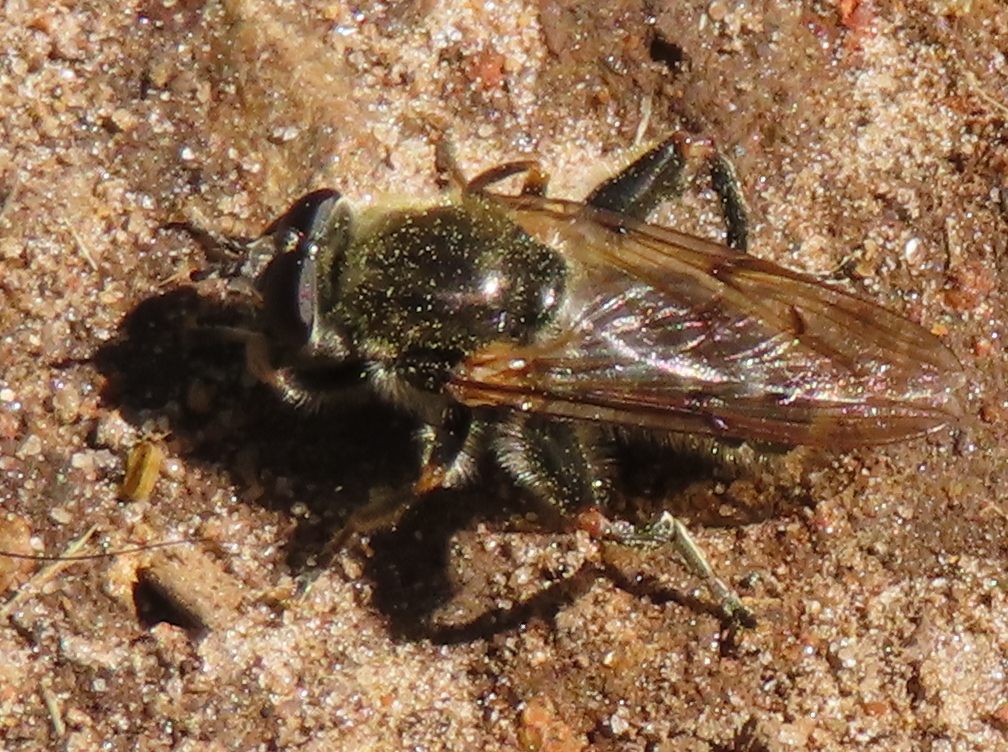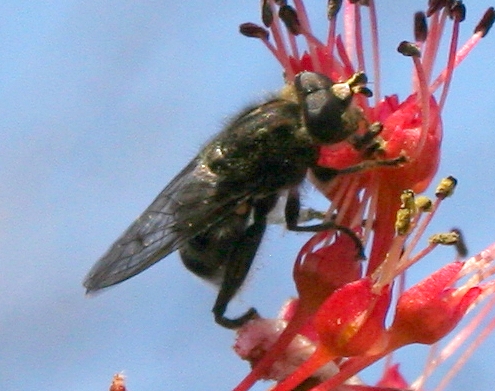Map Snapshot








9 Records
Seasonality Snapshot
Use of media featured on Maryland Biodiversity Project is only permitted with express permission of the photographer.
Eastern Catkin Fly in Prince George's Co., Maryland (4/24/2021). (c) Sergei Drovetski, all rights reserved.
View Record Details
Media by
Sergei Drovetski.
A Eastern Catkin Fly in Baltimore City, Maryland (4/30/2011). Determined by Ben Coulter/BugGuide.
View Record Details
Media by
Thomas Wilson.
Eastern Catkin Fly in Caroline Co., Maryland (4/14/2022). (c) Aaron Reb, some rights reserved (CC BY-NC).
View Record Details
Media by
Aaron via iNaturalist.
Eastern Catkin Fly in Kent Co., Maryland (Date obscured). (c) the knower, some rights reserved (CC BY-NC).
View Record Details
Media by
the_knower via iNaturalist.
Eastern Catkin Fly in Kent Co., Maryland (Date obscured). (c) the knower, some rights reserved (CC BY-NC).
View Record Details
Media by
the_knower via iNaturalist.
Eastern Catkin Fly in Frederick Co., Maryland (3/28/2023). (c) Jenny Glenn, some rights reserved (CC BY-NC).
View Record Details
Media by
Jenny Glenn via iNaturalist.
Eastern Catkin Fly in Montgomery Co., Maryland (3/22/2023). (c) timboucher, some rights reserved (CC BY).
View Record Details
Media by
timboucher via iNaturalist.
Eastern Catkin Fly in Montgomery Co., Maryland (4/16/2024). (c) lkeifer, some rights reserved (CC BY-NC).
View Record Details
Media by
lkeifer via iNaturalist.
An Eastern Catkin Fly in Baltimore City, Maryland (3/22/2011). Determined by Martin Hauser/BugGuide.
View Record Details
Media by
Thomas Wilson.
Source: Wikipedia
| Brachypalpus oarus | |
|---|---|

| |
| Scientific classification | |
| Domain: | Eukaryota |
| Kingdom: | Animalia |
| Phylum: | Arthropoda |
| Class: | Insecta |
| Order: | Diptera |
| Family: | Syrphidae |
| Tribe: | Milesiini |
| Subtribe: | Xylotina |
| Genus: | Brachypalpus |
| Species: | B. oarus
|
| Binomial name | |
| Brachypalpus oarus | |
| Synonyms | |
Brachypalpus oarus, the eastern catkin, is a common species of syrphid fly first officially described by Walker in 1849.[1] Hoverflies get their names from the ability to remain nearly motionless while in flight. The adults are also known as flower flies for they are commonly found around and on flowers, from which they get both energy-giving nectar and protein-rich pollen. The larvae are of the rat-tailed type feeding on decaying sap under tree bark.[4]
Distribution
[edit]Canada, United States. This nearctic species is located mostly in Northeastern North America, with a population in southwestern Canada. External image
References
[edit]- ^ a b c Walker, F. (1849). List of the specimens of dipterous insects in the collection of the British Museum. Part III. London: British Museum (Natural History). pp. 485–687.
- ^ Loew, Hermann (1872). "Diptera Americae septentrionalis indigena. Centuria decima". Berliner Entomologische Zeitschrift. 16: 49–124. Retrieved 25 July 2021.
- ^ Hull, F.M. (1946). "New syrphid flies from Mississippi". Entomological News. 56[1945]: 268–272.
- ^ Skevington, Jeffrey H (2019). Field Guide to the Flower Flies of Northeastern North America. ISBN 9780691189406.
